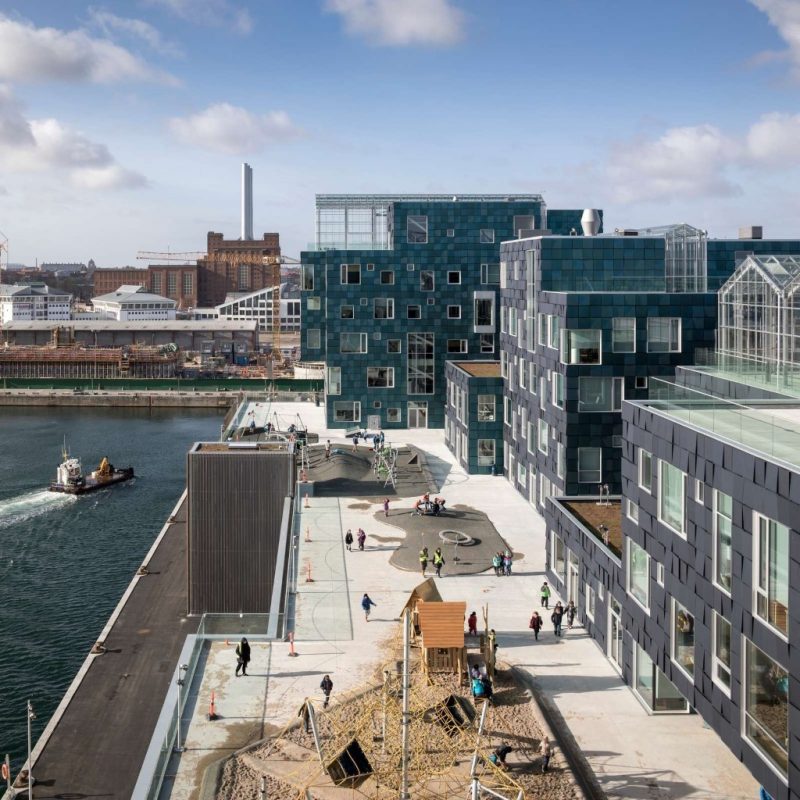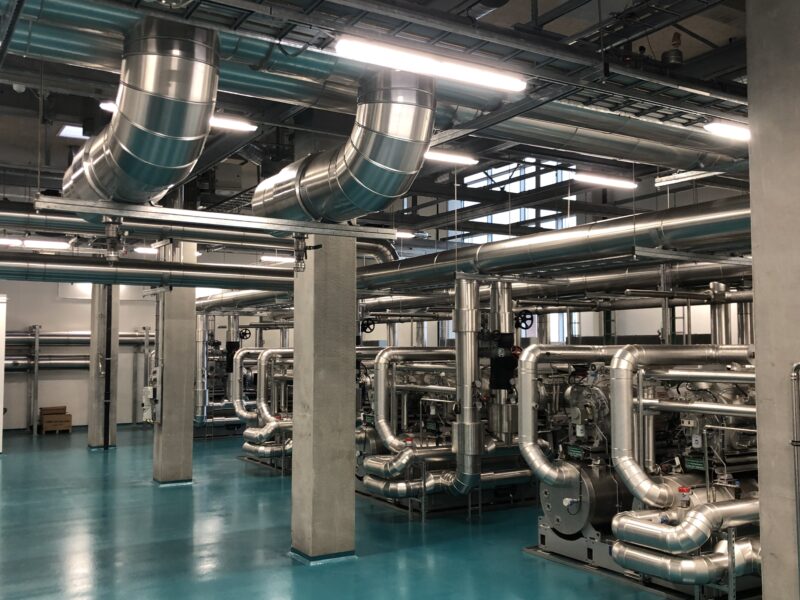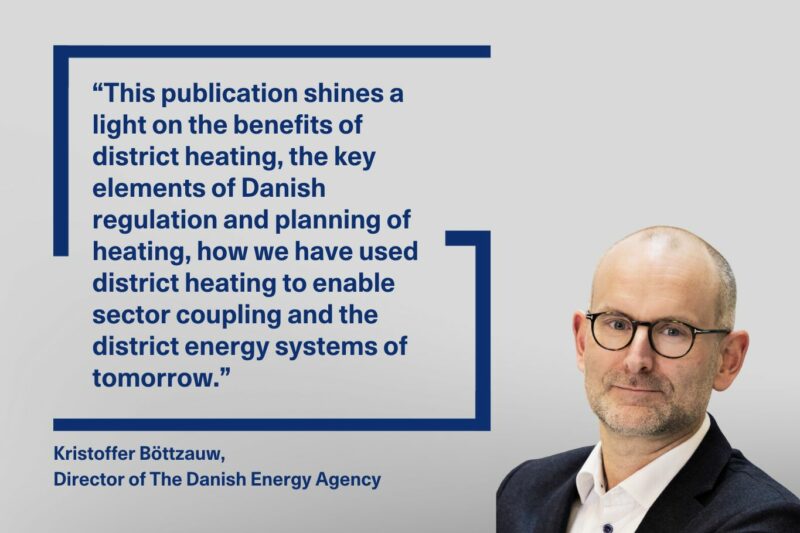News
District heating
Energy efficiency in buildings
Wind turbine manufacturing and components
Keeping Carlsberg City Cool


At the heart of Carlsberg City District’s ambition to become one of the first “Green Cities” in Denmark lies 4 million litres of water storage capacity for energy-efficient district cooling. Two enormous storage tanks, each holding 2000 m3, will be filled up with cold water using excess wind power from the grid, or electricity produced at night, when the price is cheaper.
- Related news: The Carlsberg City District
According to calculations from Ramboll, the district cooling system carries a reduction of the environmental impact (CO2, SO2, NOx) compared to traditional cooling by up to 23%:
“We have a vision to create a sustainable city district - which is why we are very keen on the substantial environmental gain achieved by implementing a district cooling system at Carlsberg City”, explains Jens Nyhus, Executive Director at developer company Carlsberg Byen P/S, and continues:
“It is a large investment but we have no doubt that it is the right investment, and that it pays off. A district cooling system enables us to provide the cheapest and most environmental-friendly solution to the companies, which avoid having to implement their own de-centralised cooling systems”, says Jens Nyhus.
- Read more about: District Cooling
Upon completion, all new buildings will be connected to the district cooling system, according to plan in 2016. Further down the line, existing buildings will be connected as well.
District cooling in detail
District cooling is the opposite of district heating. Working on broadly similar principles as district heating, district cooling delivers chilled water to users through a closed, double-stranded pipe system.
District cooling replaces individual cooling, just as district heating has replaced individual heating in many city districts. The water is chilled at a district cooling centre through a process called free cooling, where the cold is drawn from the outside air or through compression cooling - or through a combination of both. During production, the cold water is led directly to the users or to the two underground storage tanks, each holding 2000 m3.
The storage tanks are integrated in daily production, so cooling first and foremost is produced during nights. The reason for night production is because it is easier to draw the cold from the air outside, and because the availability of renewable energy is higher, with lower costs. This makes the cooling procedure cheaper and more environmental. The storage tanks also act as extra capacity at times of peak production.
District cooling is associated with many benefits for both citizens and society. Citizens gain a greener and more solution, which often is cheaper with much fewer technical complications and economic risk, no handling of chemicals on site, better use of space and less noise. Societal gains count a significant reduction in energy consumption leading to less CO2-emission.
You should consider reading
solutions
Combined heat and power production
+6
CopenHill: The story of the iconic waste-to-energy plant
20 November 2024solutions
Energy efficiency in buildings
+2















